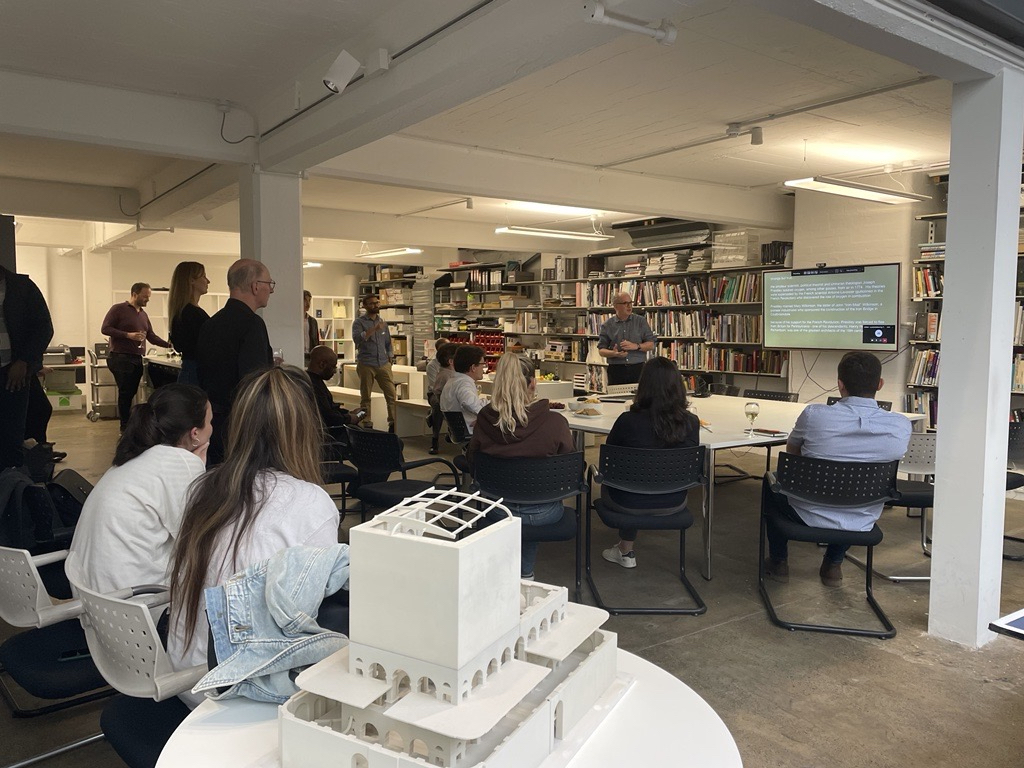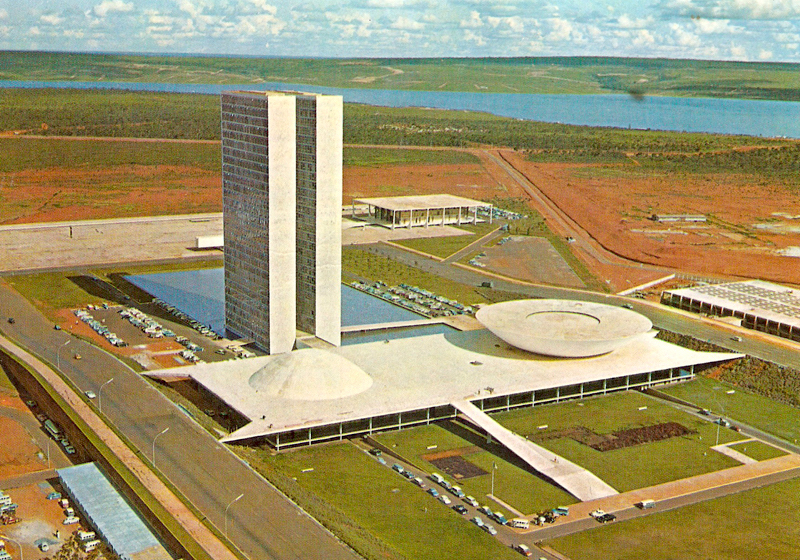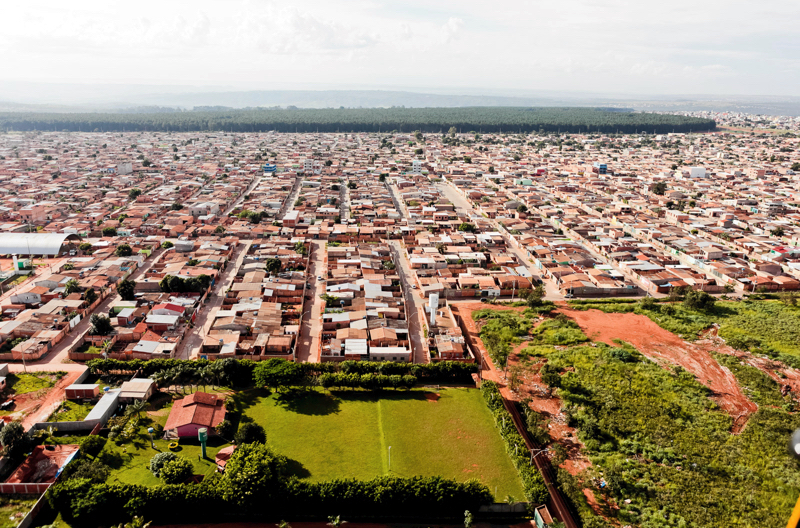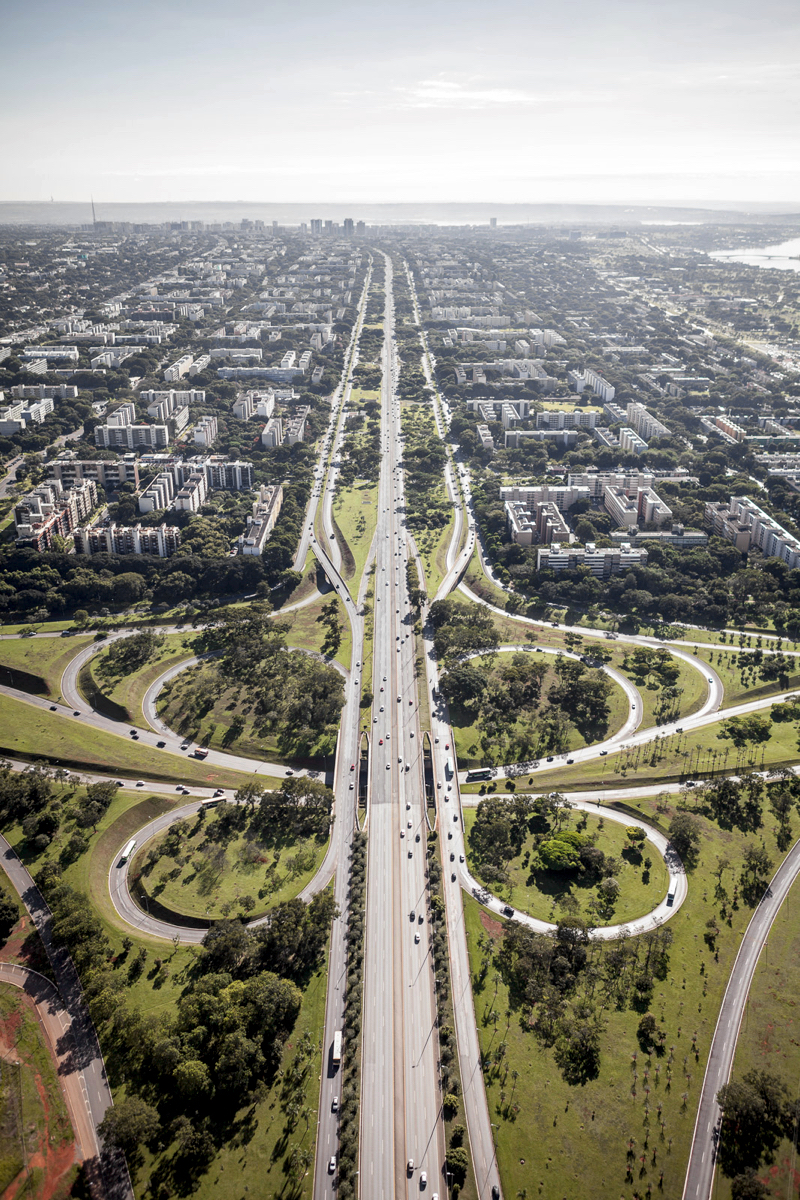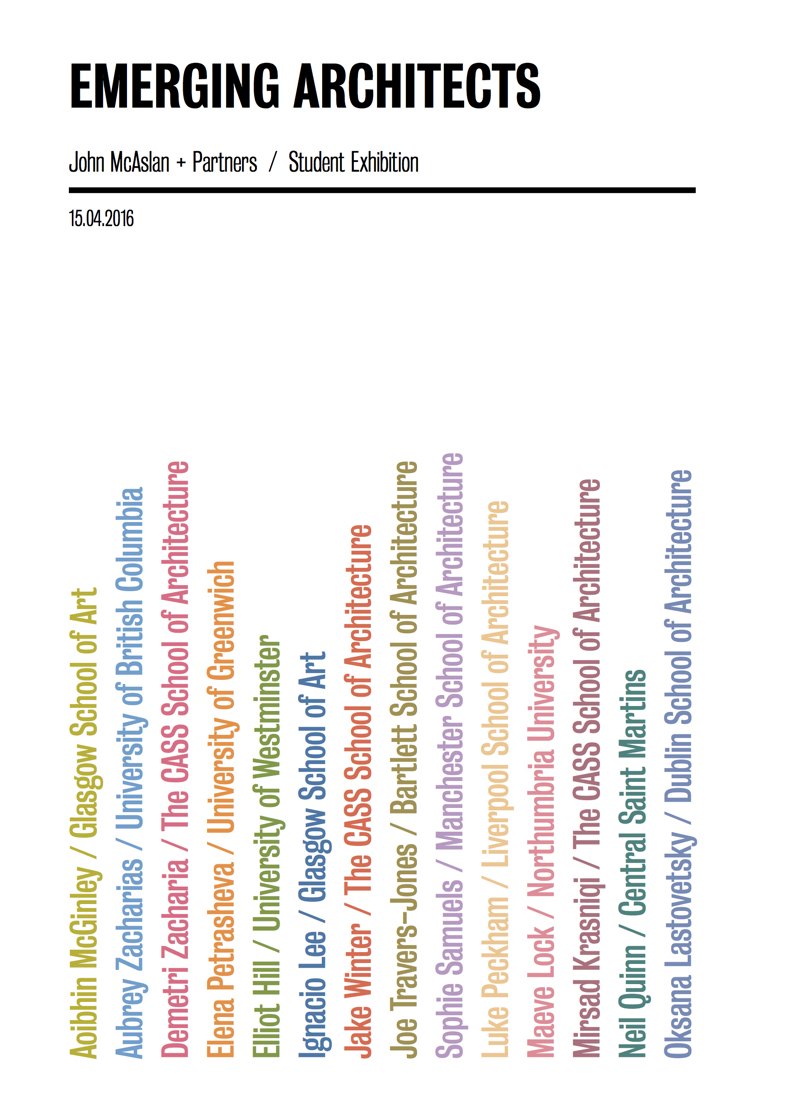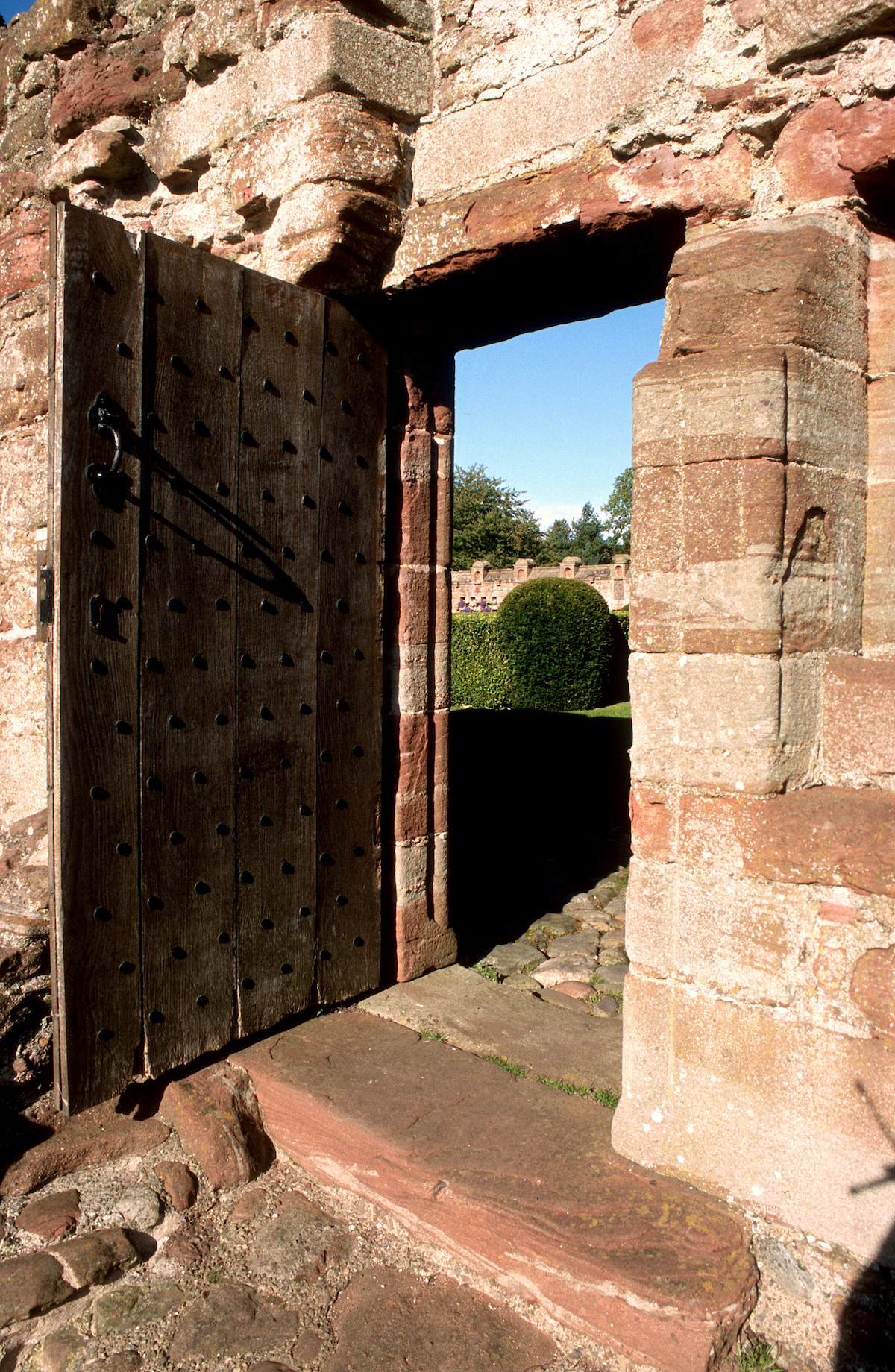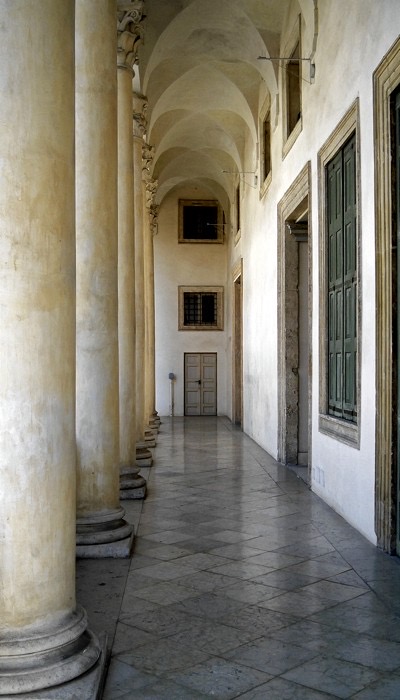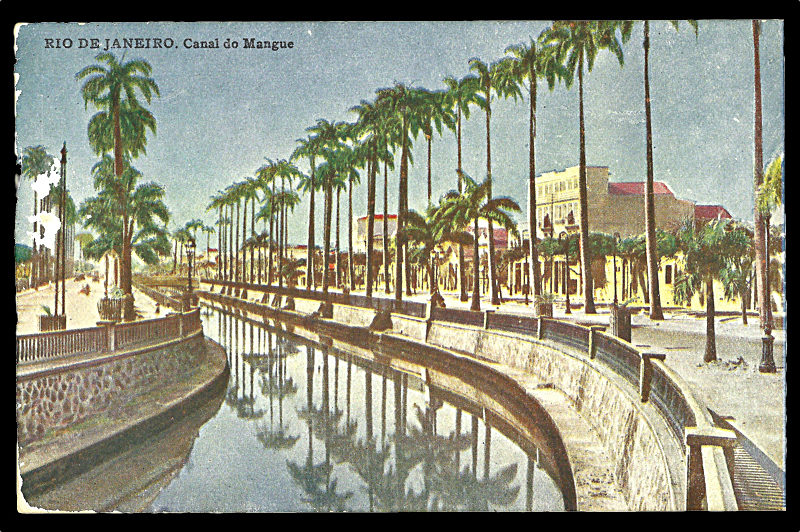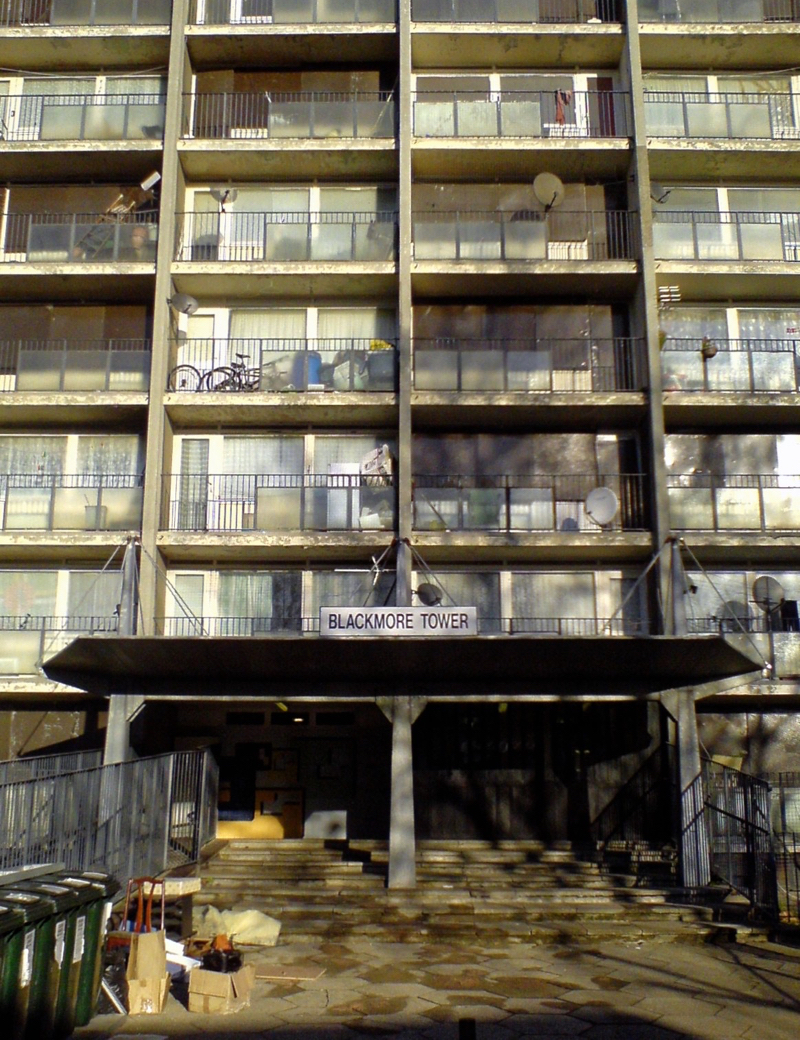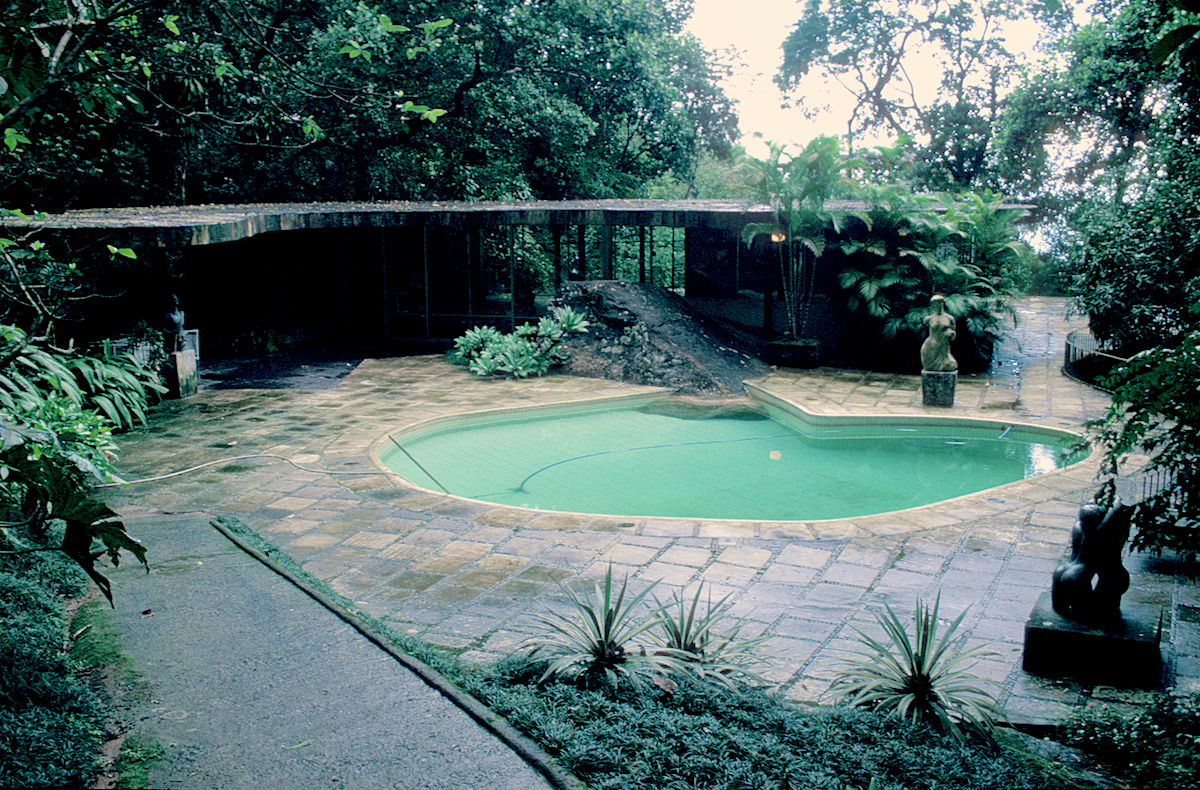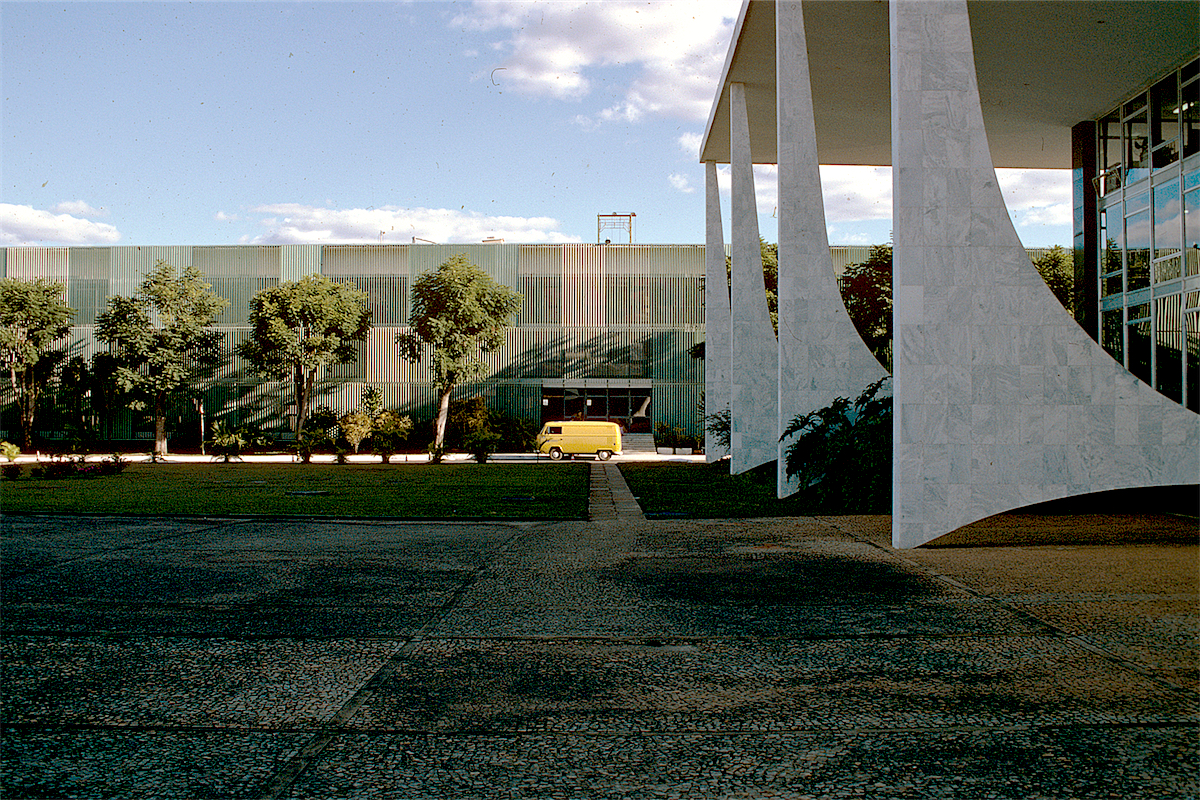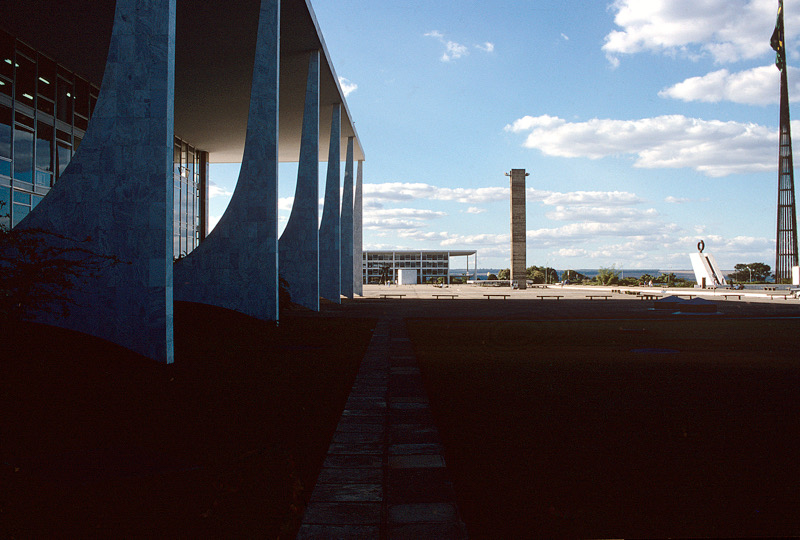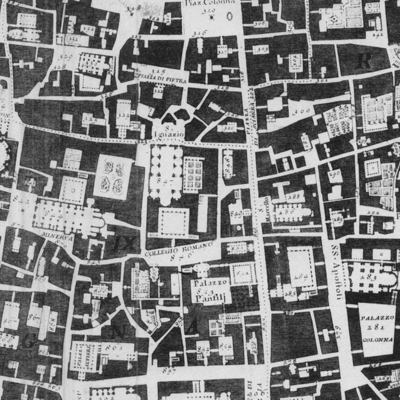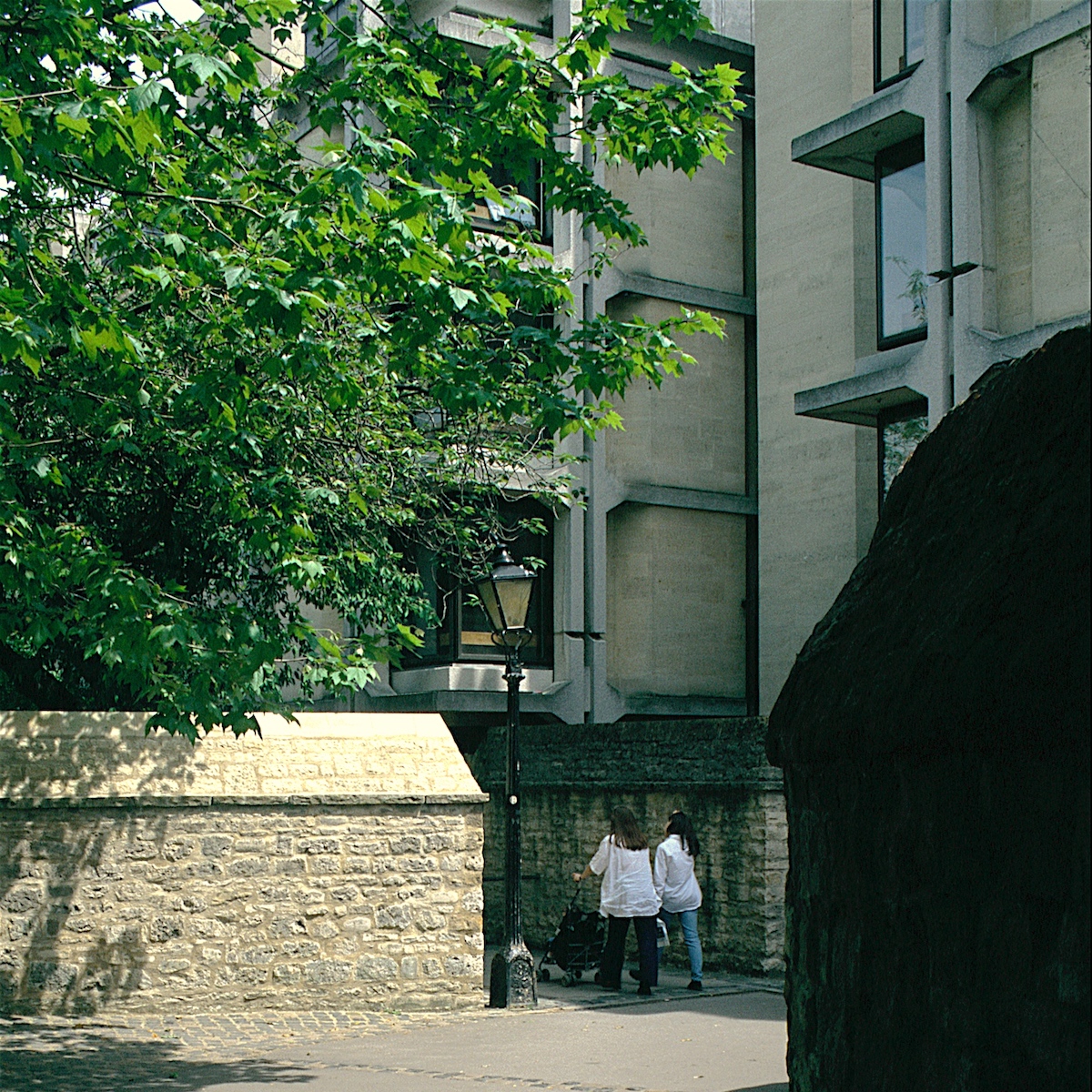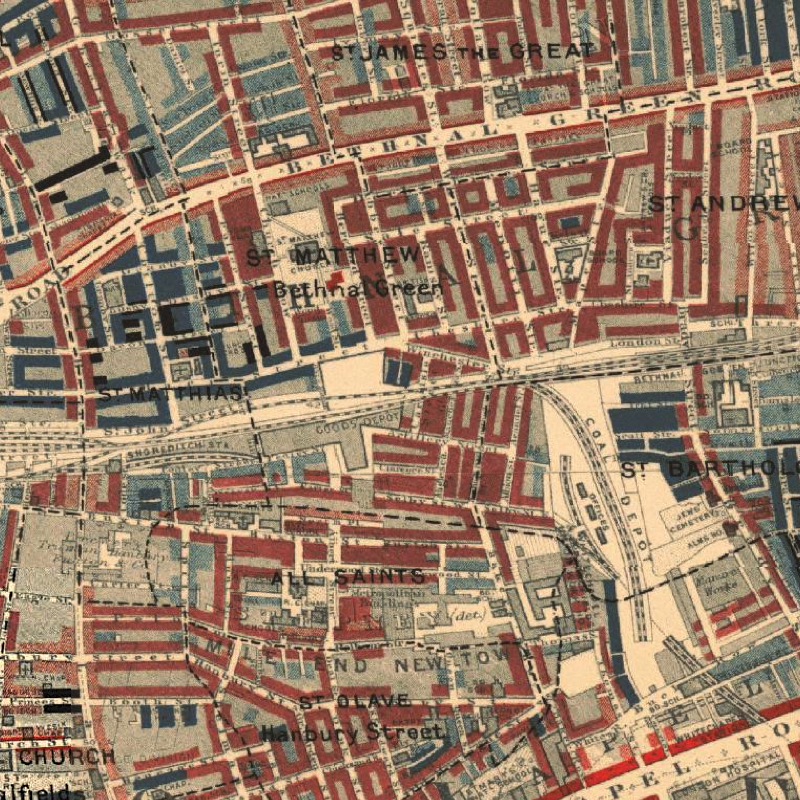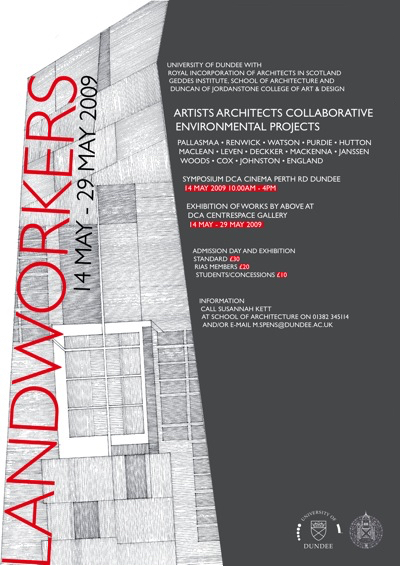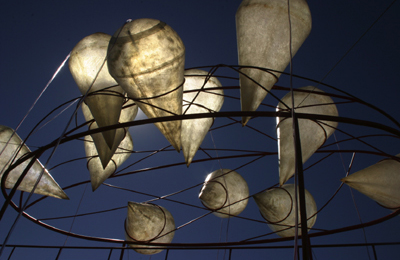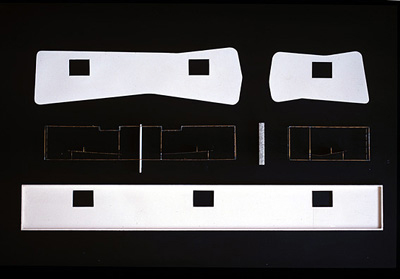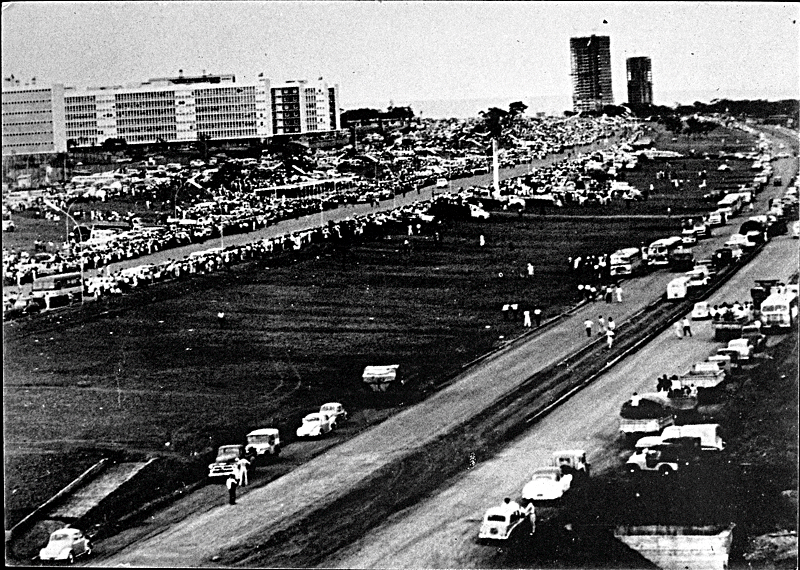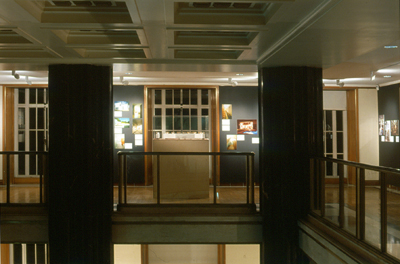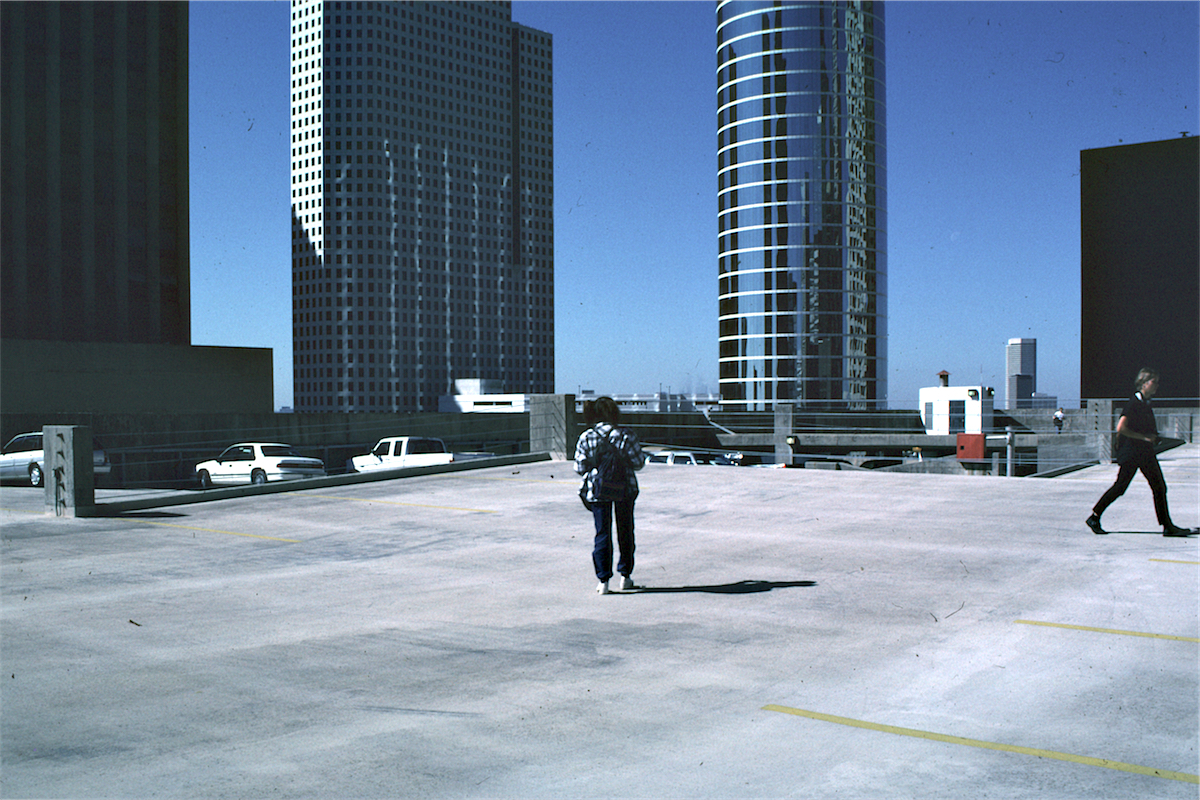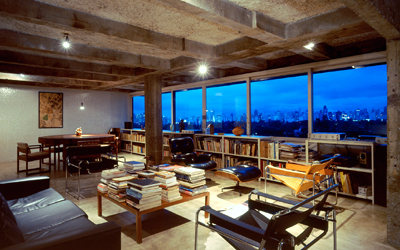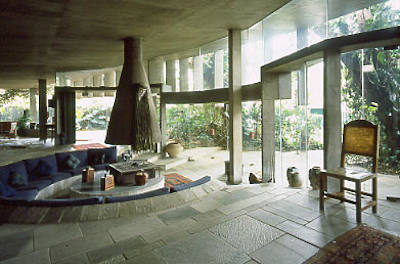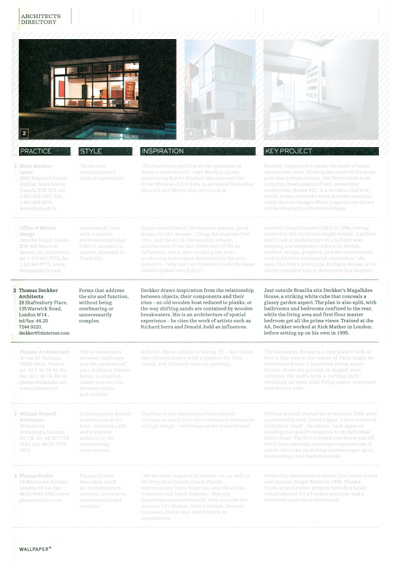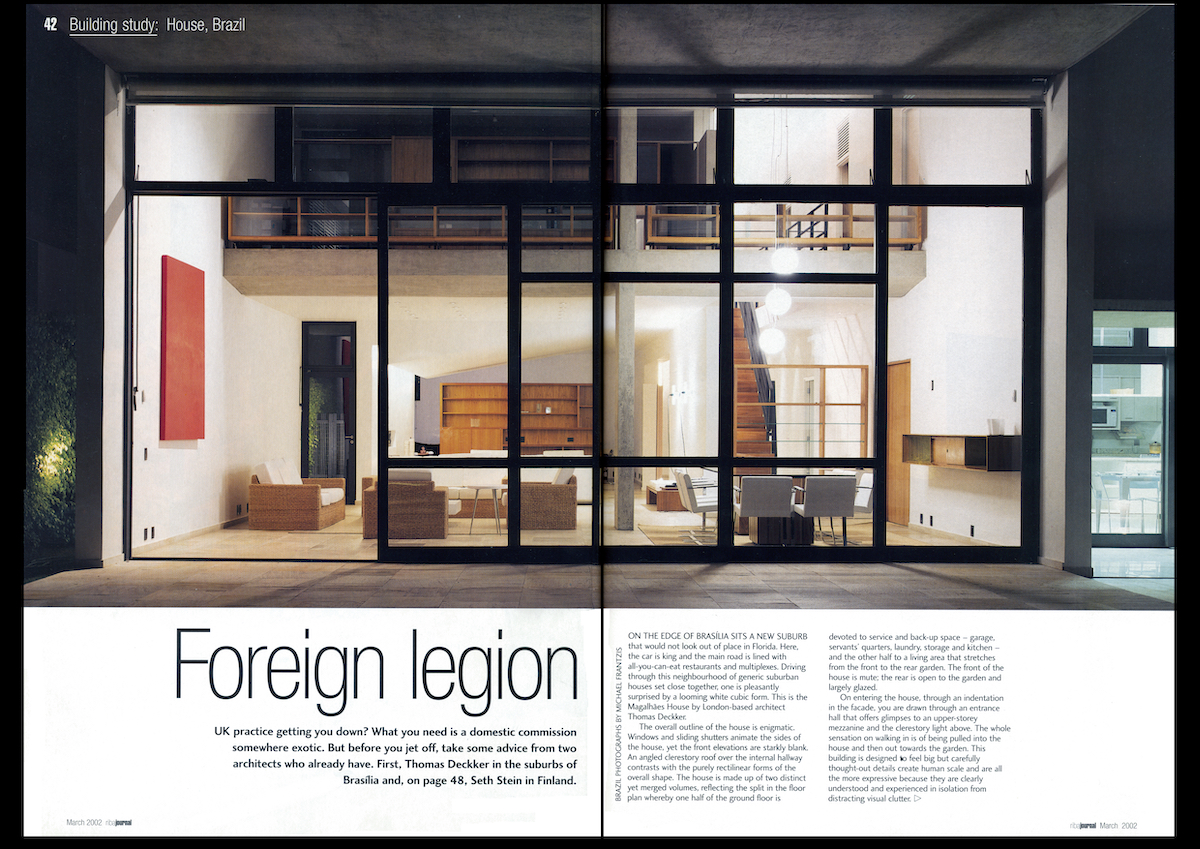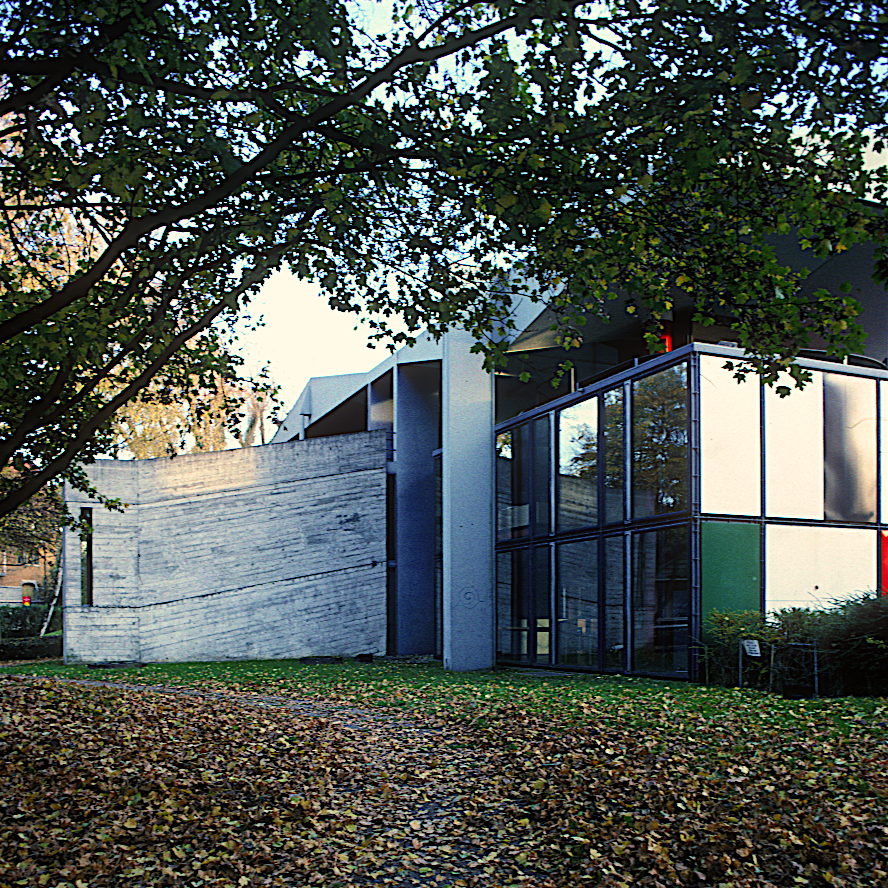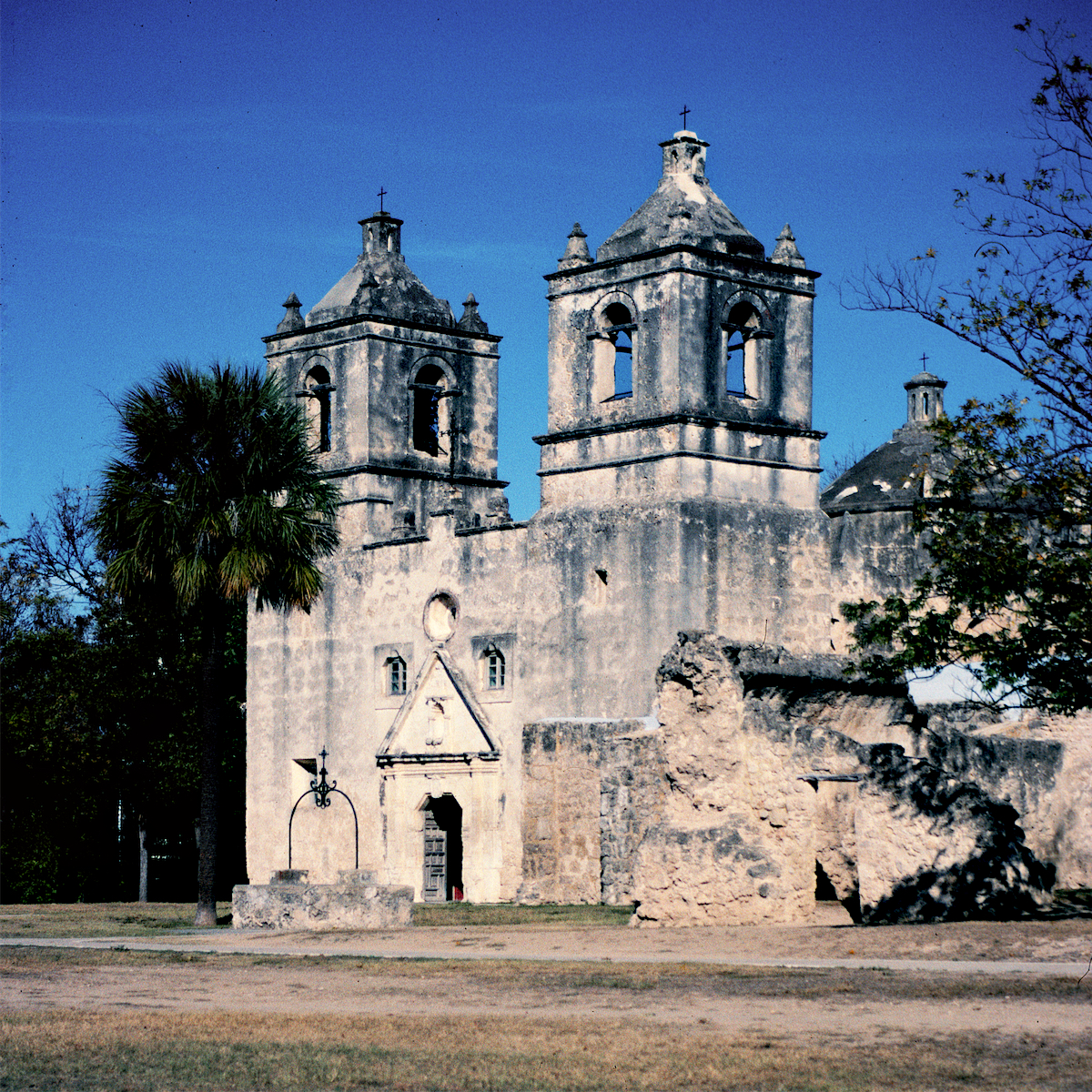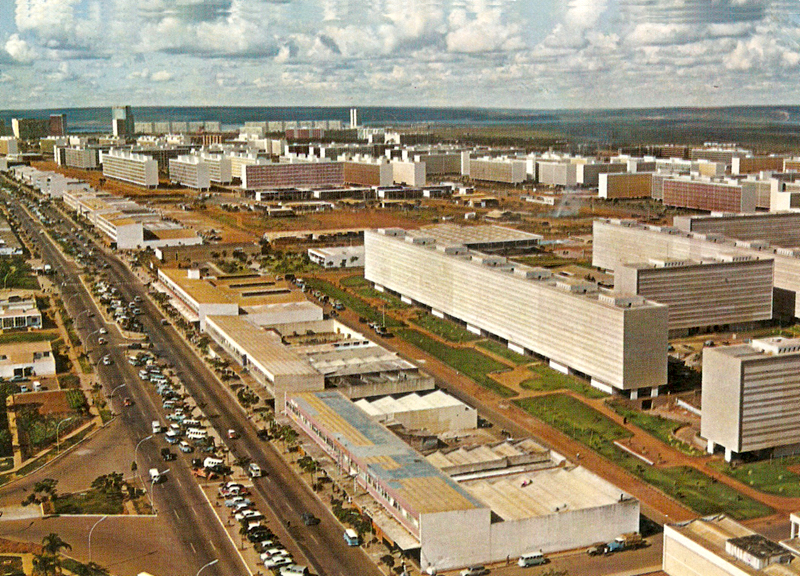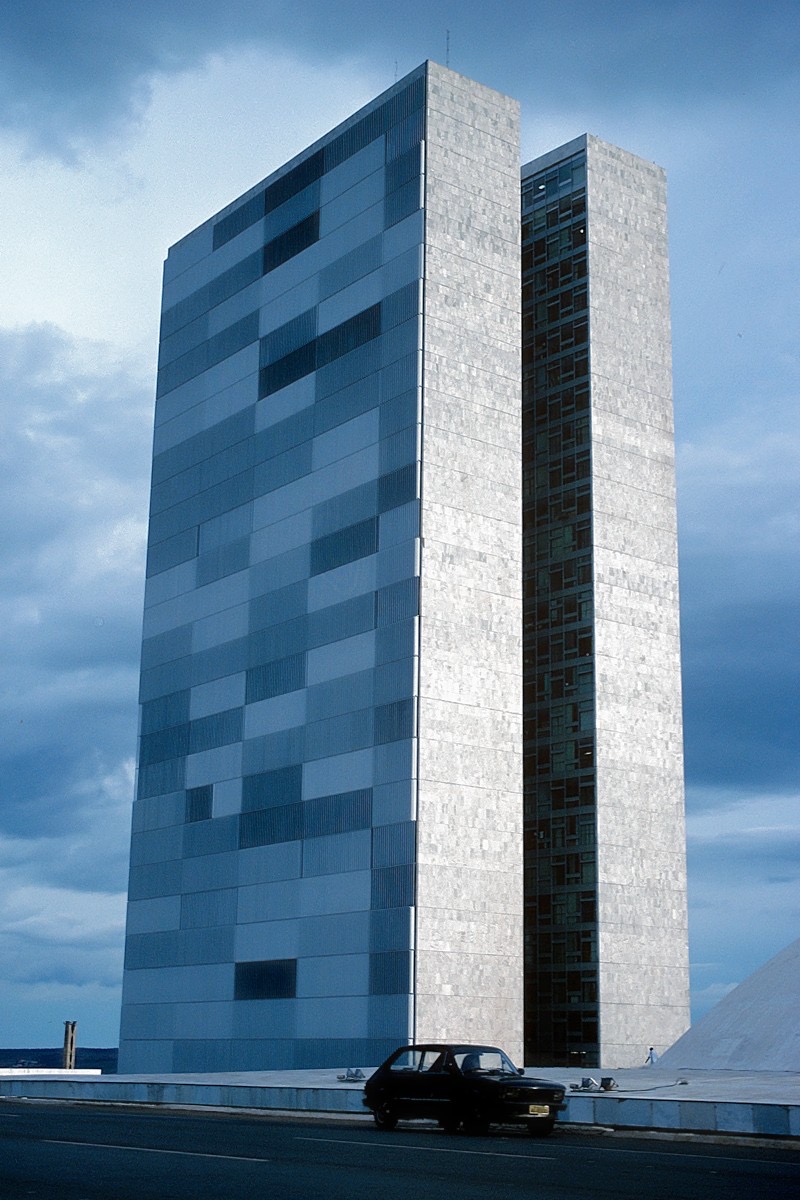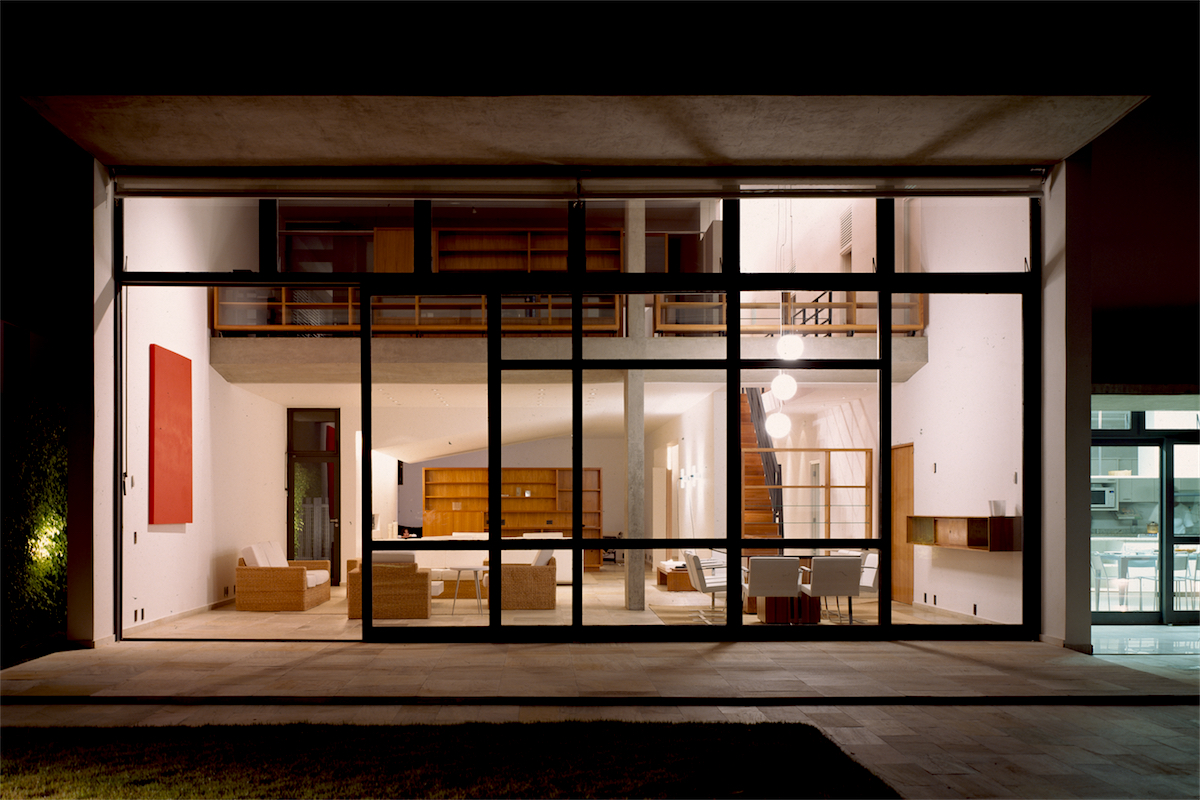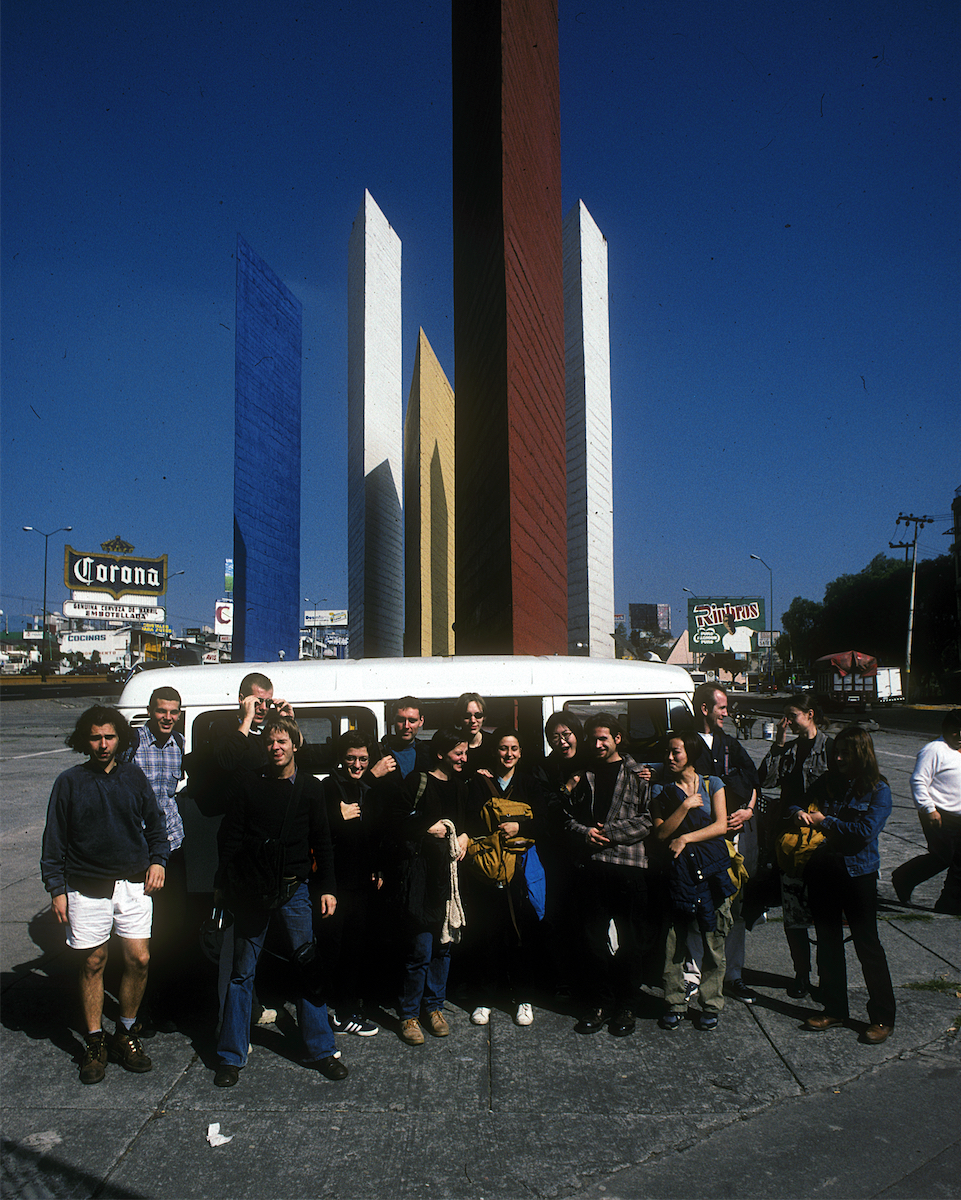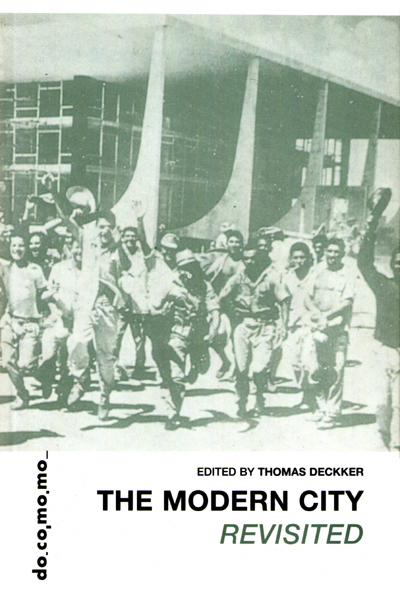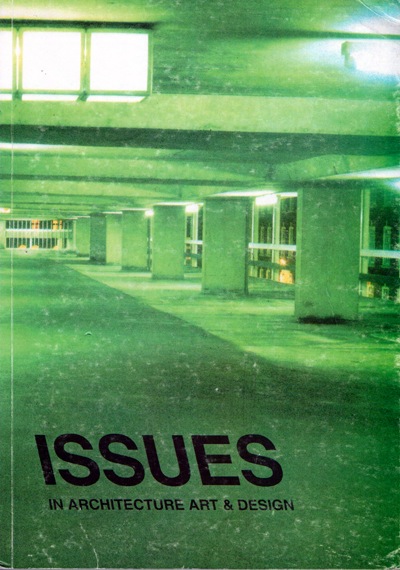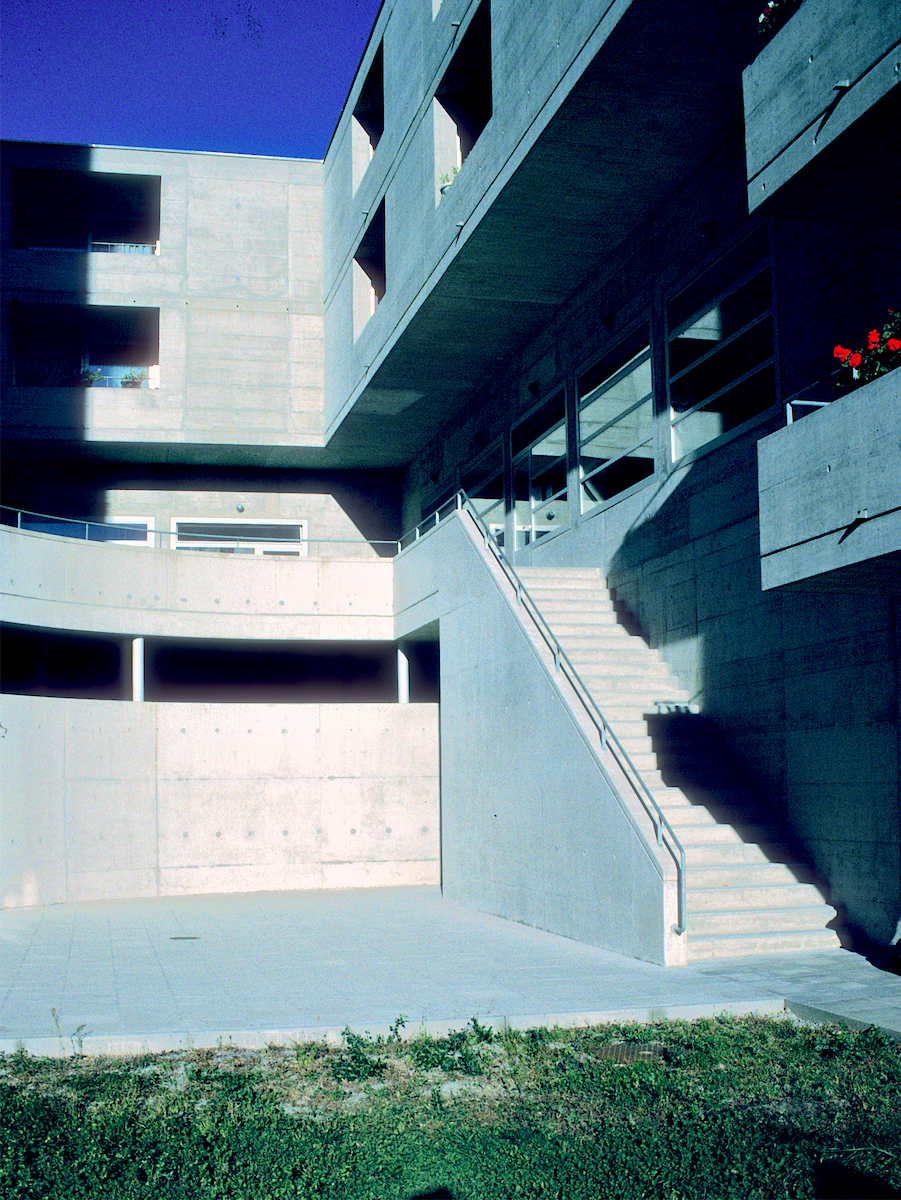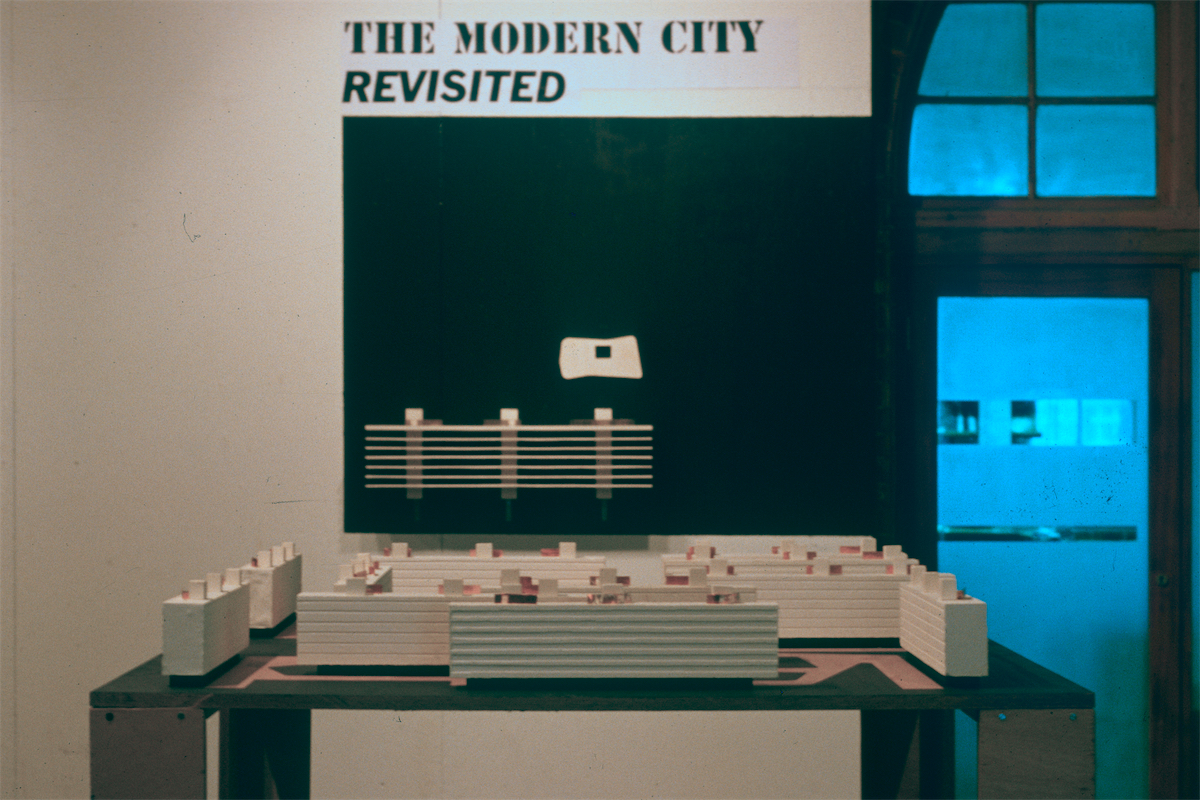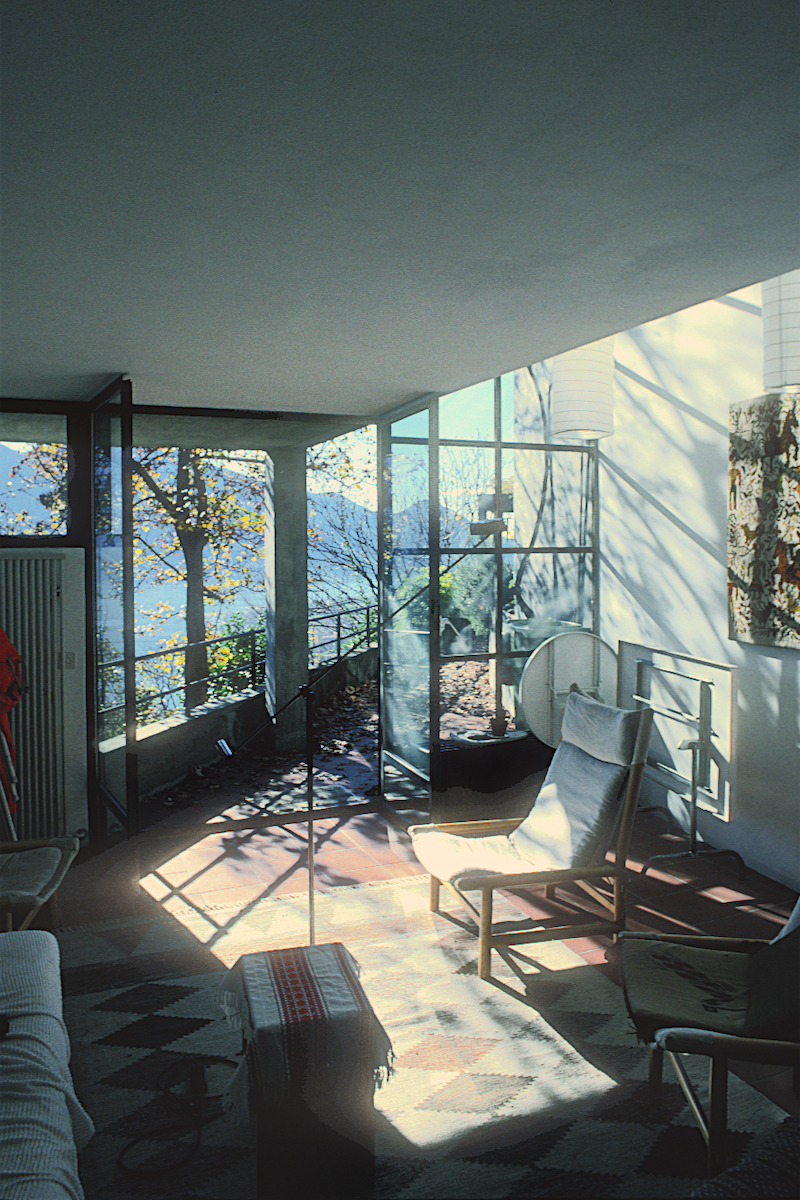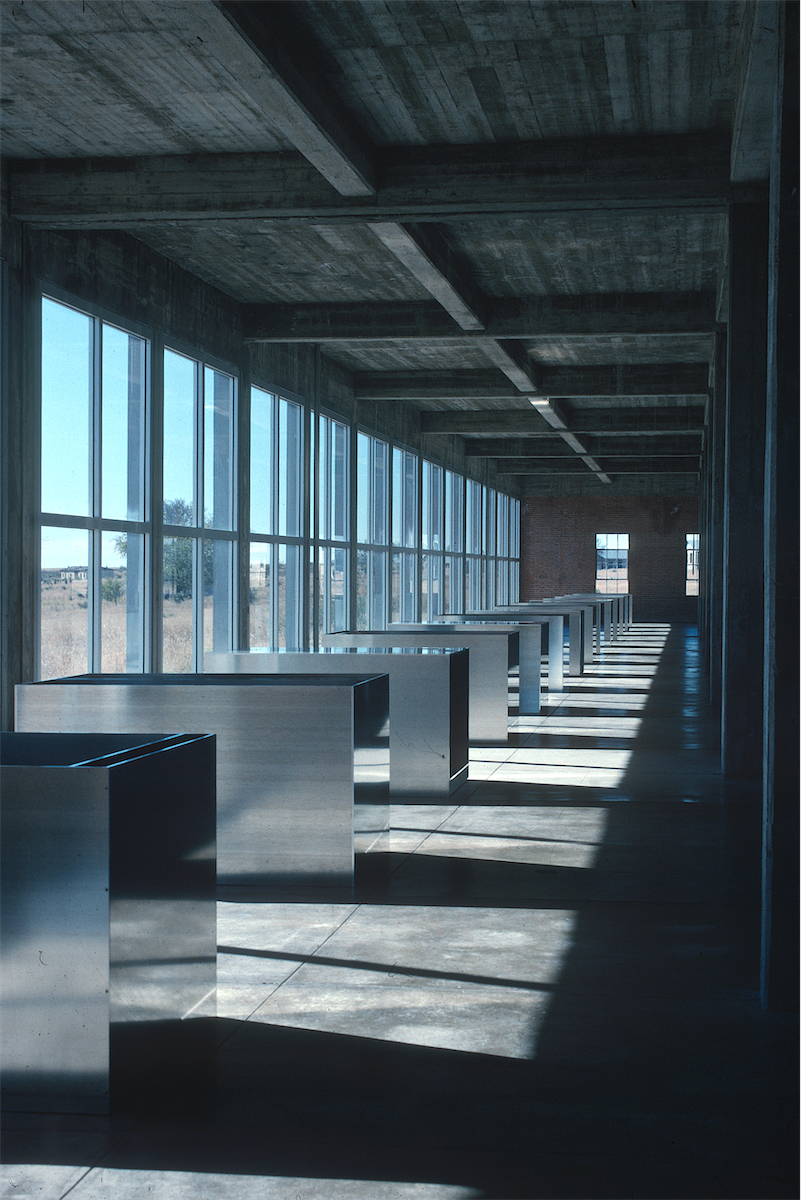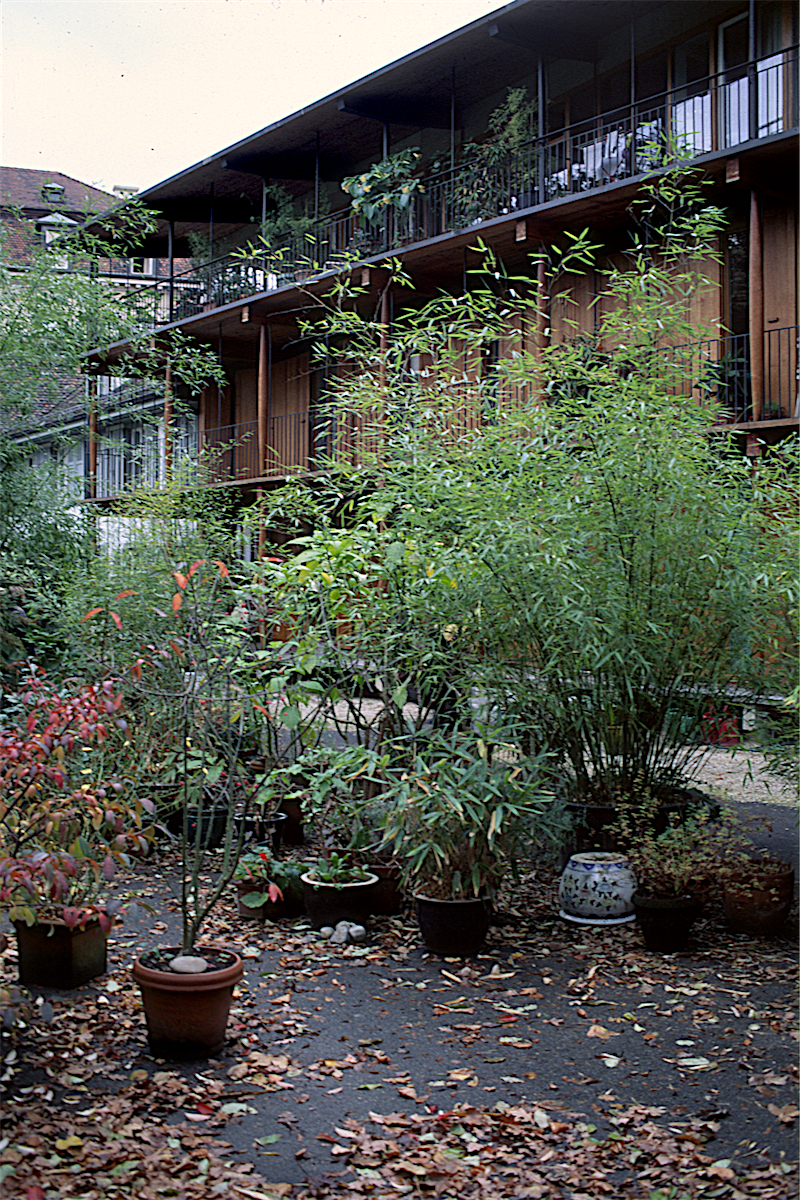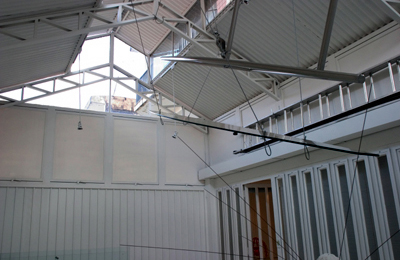The Studio of Antonio Carlos Elias
Epulis Fissuratum [Brasília 2006]
Arquivo Brasília
Sala Martins Penna
Teatro Nacional Cláudio Santoro
Brasília
19-20 April 2005
Brasília
Canberra / Brasília
Canberra Contemporary Art Space [Canberra: CASC 2001]
Herzog & deMeuron
Issues in Architecture Art & Design vol. 3 no. 2 [University of East London 1994]
The Studio of Antonio Carlos Elias, Brasília
Epulis Fissuratum [Brasília 2006]
The district around the W3 Norte presents a problem in Brasília. It represents the failure of urban planning, the austere and rigorous dialectic between landscape and architecture, between dwelling and work, that formed the basis of the Modern Movement in architecture. It is, instead, a jumble of office buildings, small apartments, car workshops and roadside advertisements that typifies the peripheries of Brazilian cities and, in similar forms, cities worldwide. To condemn the W3 Norte and the 'strip', however, would be as a senseless reaction as to praise them as an urban ideal, as became common among advocates of the 'post-modern' reaction to the Modern Movement such as Robert Venturi. It became apparent at exactly the same time as the publication of Learning from Las Vegas that the 'strip' in the United States had become a product of corporate interest - of the marketing of commodities - and was no longer an authentic vernacular. What the W3 Norte still represents is an area where the democracy and complexity of urban living is fully expressed.
It is this district that Antonio Carlos Elias has found a place for his studio. It sits equally with the adjacent car workshops within the urban block, invading the alleyway behind to gain space as they do. The front, his shop window, a minimal grid of display cabinets, is as an equal of the next-door hand-painted brightly-coloured signs for tyres and batteries.
Placing his studio in this area is as much a statement of the artist's place in the art world as a practical solution to cheap space. It has become an immoveable fiction of the art world that the artist is 'above' commerce, that the industry of public subsidy, auction houses and galleries exists as a by-product and not the raison d'être of artistic production. Can anyone seriously deny that much artistic production exists solely to satisfy this industry, that it is meretricious, that it has no value except as a commodity?
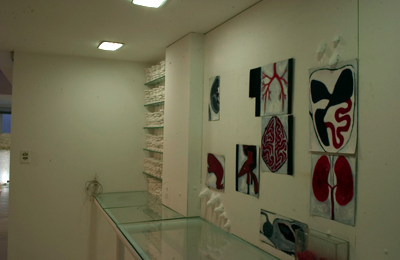
Such thoughts were central to one major American artist, Donald Judd, when he moved his studio to the small ranching town of Marfa, Texas, from New York. Antonio Carlos Elias's studio must be as inexplicable to the car mechanics next door as Donald Judd's was to the cowboys in Marfa. Taking the studio outside the gallery circuit and placing it the world of car workshops (or ranching) means forcing the viewer to confront the work not as another commodity, more or less acceptable as part of an exchange between public and private institutions, but as hard work, whether manual or intellectual.
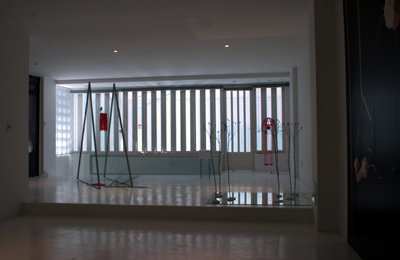
Antonio Carlos Elias has been ingenious in making spaces for exhibiting and creating his work within this small shop. He has carved out a variety of spaces that allow different scales of work to be appreciated. The ground floor entrance level contains the large-scale works In Extremes, Ad infinitum and Decifra-me ou te devoro. He has opened 2 large voids to the basement, which give 3-dimensional views of some of his larger pieces such as Corpus Sanctus and Specimens. Like his neighbours, he has invaded the alleyway with an industrial shed which gives a large and well-lit volume for displaying Dialogue. The domestic scale of the main room allows very small drawings such as Body to be seen close.
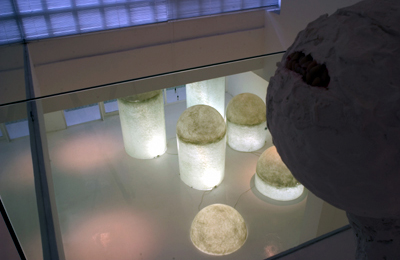
The larger pieces such as Epulis Fissuratum can not be seen in this space. Antonio Carlos Elias will be displaying these in an industrial shed in the nearby city of Anapolis, Goiás. This should prove to be another fascinating space. The studio is not intended to be only a gallery space: it is also a space of creation. There are quiet spaces, almost domestic, in which ideas can be dreamed up, contemplated and played with in the context in which they will later displayed. Ultimately this studio space is about work: art as work. It stresses that his artistic production should not be seen as a commodity, but appreciated as intense and honest work in its own right.
Thomas Deckker
London 2006
